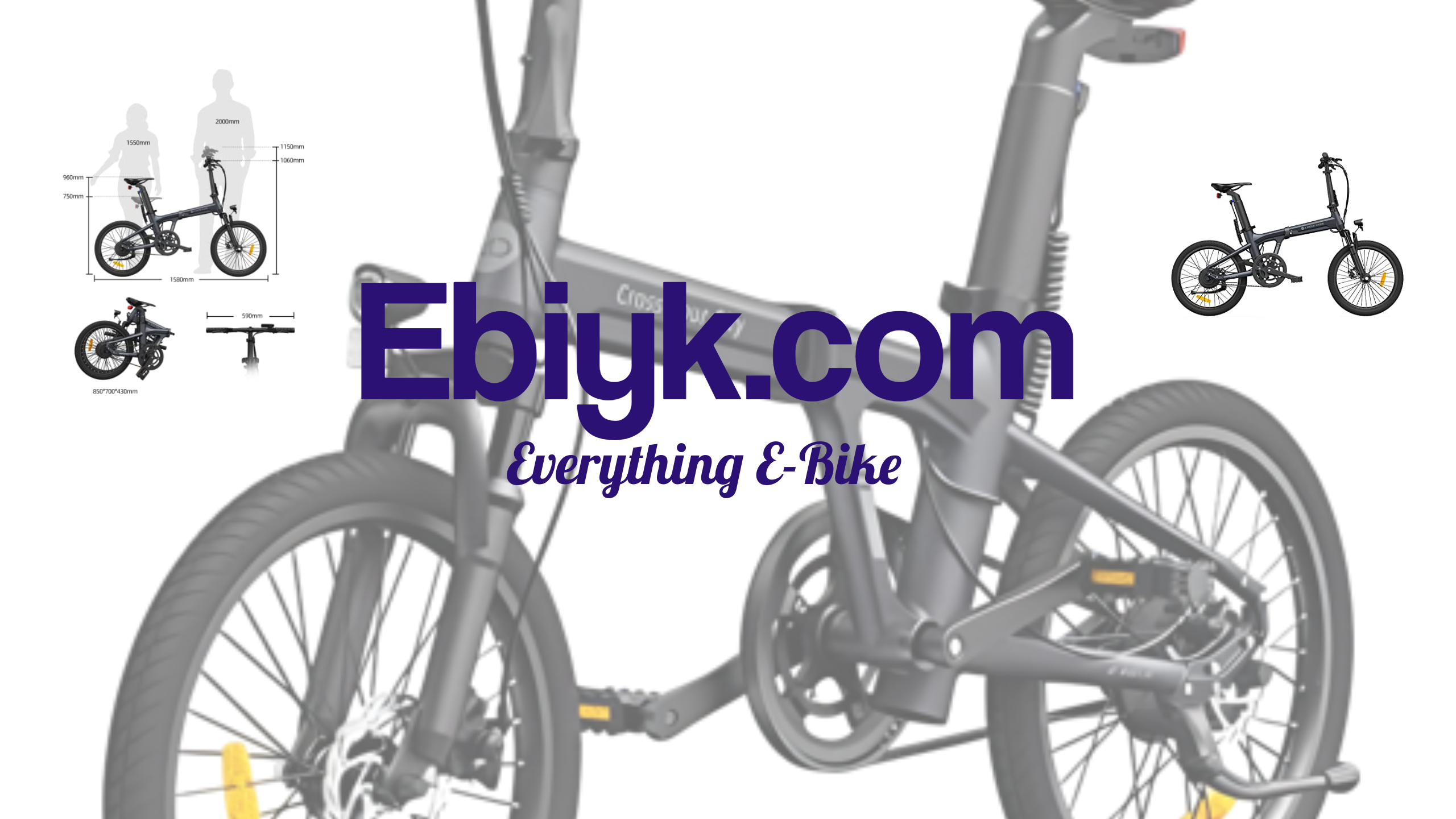Understanding the Differences between Class 1 and Class 2 Ebikes
When it comes to electric bikes, there are two main classifications: Class 1 and Class 2. While both types of ebikes have an electric motor to assist with pedaling, there are some key differences in terms of their capabilities and legal requirements.
Class 1 Ebikes
Class 1 ebikes are also known as pedal-assist bikes. They are designed to provide an electric boost to the rider's pedaling power, but only when they are pedaling. The motor assists the rider up to a speed of 20 mph and then cuts off. These bikes do not have a throttle or the ability to reach higher speeds on their own. Class 1 ebikes are allowed on bike paths and some other areas where traditional bikes are permitted.
Class 2 Ebikes
Class 2 ebikes, on the other hand, are more powerful. They have a throttle that can be used to accelerate the bike up to 20 mph without pedaling. However, they also have a pedal-assist feature like Class 1 ebikes. Once the bike reaches 20 mph, the motor cuts off. Class 2 ebikes are not permitted on bike paths in some areas, and their use may be restricted to roads and paved trails.
Legal Requirements
In general, both Class 1 and Class 2 ebikes are regulated like traditional bikes in terms of where they can be used. However, some states and cities have their own laws regarding electric bikes. In some areas, Class 1 ebikes are allowed on bike paths, but Class 2 ebikes are not. It's important to check your local laws before purchasing and riding an ebike.
Additionally, both Class 1 and Class 2 ebikes are subject to federal regulations. They must have a motor of 750 watts or less and cannot be designed to travel at speeds higher than 20 mph without pedaling. These regulations ensure that ebikes are safe and accessible to riders of all skill levels.
Overall, both Class 1 and Class 2 ebikes can provide an efficient and enjoyable way to get around. However, it's important to understand their differences and legal requirements before deciding which type to purchase.
Advantages and Disadvantages of Class 1 Ebikes
Class 1 ebikes are becoming more popular as they offer a great alternative to traditional bicycles. However, you may be wondering what are the benefits and drawbacks of using a Class 1 ebike. Here are some of the most notable advantages and disadvantages:
Advantages:
- Commute long distances with ease: Class 1 ebikes have a motor that can assist you in pedaling making it easier to cover longer distances where you would typically arrive drained or late.
- Makes hill climbing a breeze: The motor feature of a Class 1 ebike can make it drastically easier to climb hills, allowing you to enjoy longer rides without getting overly tired
- Increased flexibility: With a motor providing assistance for pedaling, users with joint problems, mobility issues, or injuries can use Class 1 ebikes to enjoy cycling without strain or fear of further injury.
- Sustainable alternative: Class 1 ebikes offer a more environmentally friendly alternative to cars, and with the EU's push towards low-emission vehicles, they may even be rewarded with tax incentives.
Disadvantages:
- Greater cost: Class 1 ebikes are more expensive than traditional bicycles, and even more high-end bikes without a motor feature don't come cheap.
- Limited range: Although the motor feature helps cover more distance, you will still have the range limit of the battery. The distance could also be limited by other factors like the terrain, the wind, and the riders' weight and fitness level.
- Different standards: Since there aren't universal standards for ebikes, it can become confusing on what type of bike path is allowed. Riders may have to check with local regulations about allowed Class types for the area in which they ride before purchasing a Class 1 ebike.
How to Choose the Right Class of Ebike for Your Needs
How to Choose the Right Class of Ebike for Your Needs
Choosing the right class of ebike for your needs can seem like a daunting task, but with a little bit of knowledge, you can feel confident in your decision.
The first step is to consider what type of riding you will be doing. If you plan to use your ebike for leisurely rides around town or on easy trails, a Class 1 ebike may be sufficient for your needs. However, if you plan to use your ebike for longer rides or more challenging terrain, a Class 2 ebike with a throttle may be a better option.
Another consideration is your fitness level. If you are looking to use your ebike as a means of increasing your physical activity, a Class 1 ebike would be a good choice. These bikes require the rider to pedal in order to activate the motor, providing a workout while still receiving assistance from the motor. If you have limited mobility or are looking for a more relaxed ride, a Class 2 ebike with a throttle may be a better fit.
Your budget is also an important factor in choosing the right class of ebike. Class 1 ebikes tend to be less expensive than their Class 2 counterparts. However, if you plan to use your ebike for commuting or other frequent use, the additional cost of a Class 2 ebike may be worth the investment.
Finally, it is important to consider local laws and regulations when selecting an ebike. Some areas may have restrictions on the use of Class 2 ebikes or may require riders to obtain a special license or registration.
By considering your intended use, fitness level, budget, and local laws, you can confidently choose the right class of ebike for your needs.
